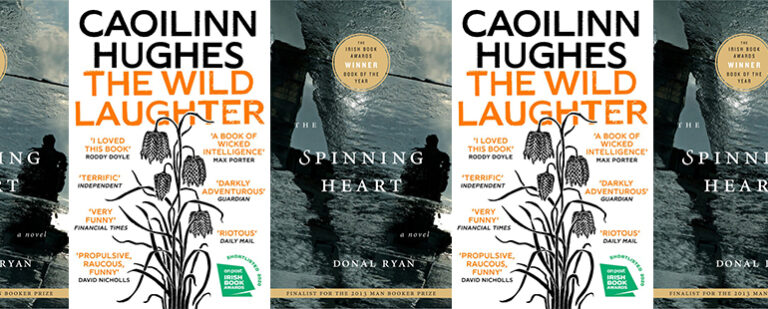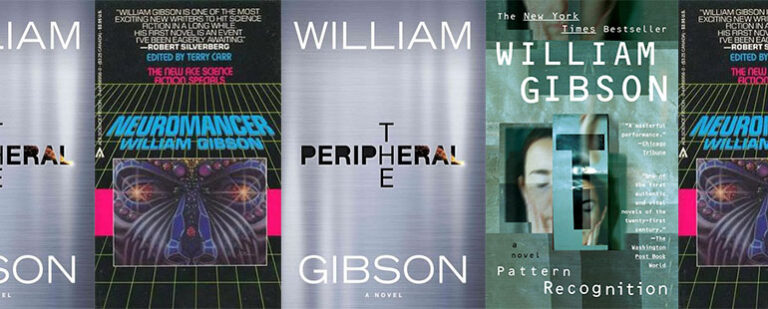The Artful Arrangement of 300 Arguments, Heating & Cooling, and The Crying Book
“To call a piece of writing a fragment, or to say it’s composed of fragments, is to say that it or its components were once whole but are no longer,” Sarah Manguso writes in 300 Arguments (2017), a book composed of sections that are often just a single sentence and never more than a few. This sentiment argues against the typical description of books like hers—and books like Beth Ann Fennelly’s Heating & Cooling: 52 Micro-Memoirs (2017) and Heather Christle’s The Crying Book (2019)—and also prompts the reader to question wholeness itself. Elsewhere Manguso writes: “The word fragment is often misused to describe anything smaller than a bread box, but an eight-hundred-page book is no more complete or unbroken than a ten-line poem. That’s confusing size with integrity.”
I often feel that the lyric writing I read feels like shards collected from life and the world, collaged into a new, whole thing. As part of my own writing process, I cover swathes of floor with sliced up bits of essay, arranging and rearranging until I reach something that creates the most meaning. I always hear Ander Monson’s words, from Vanishing Point (2010), in my head as I do this: “I still don’t want to read what most people have to say about themselves…I want it to be art, meaning that I want it transformed, juxtaposed…I expect to see a little fucking craft. I guess I want awareness, a sense that the writer has reckoned with the self, the material, as well as what it means to reveal it.” Monson positions one’s experiences and observations as fragments that must be handled with finesse in writing in order to make anything of them. There must be a reckoning in their assemblage.
“I have been afraid I would die while writing this book,” Christle says in The Crying Book. “I have been afraid all the connections are wrong. And I also have not known how to stop. The crying does not stop; the web could grow forever. So how does one end?” The sections—each no longer than a page—in The Crying Book are about Christle’s experience with crying and come alongside sources (there are 198 footnotes) that range from Ovid to Lucille Clifton and from newspaper articles to YouTube videos. Her fear of bungling connections between sections (and globally) confirms what is essential for texts like hers and others using a similar form. Since emotion-heavy writing is often dismissed as lacking craft, creating meaningful connections is a high stakes for the writer. By contextualizing crying and its related emotions and revealing her own crying within this context, Christle transcends her tears.
At one point, Christle quotes Judith Butler talking about mourning: “What is that wave that suddenly draws your gravity and your forward motion? That something that takes hold of you and makes you stop, takes you down? Where does it come from? Does it have a name?” Butler seems to be talking about emotions that are ineffable but adjacent to the sadness and despair that arise in someone in the throes of mourning. In the next section, Christle describes how debilitated she is by her own ambiguous despair: “I do not know how to name why I am crying…The despair is not reasonable. It has no sense of proportion,” she writes. “Collapsed on the floor and in tears, I hear myself tell [my husband] I am not a real person. I am trying to connect those words to my inability to get up, to wash a plate, to imagine a way to walk to another room, but the gravitational force is so immense that I cannot lift those clauses into speech. The floor is the only thing that can hold me. If I could go any lower I would.” Through juxtaposition, Christle makes clear that the movement and feeling that Butler speaks of—the pull of gravity, “that something” of uncertain origin—is what strikes her as well, though the circumstances are different. Christle has not lost anyone, she cannot find justification for her tears, and yet her despair is just as powerful, pulling her to the ground. Here, as throughout the book, Christle’s strategic arrangement makes for a subtle yet poignant reckoning with emotion. Without Butler’s adjacent words, Christle’s tears would be nothing but description, tears lacking perspective; with Butler’s words, tears take on new dimension.
Fennelly also focuses on oft-dismissed subject matter—motherhood, marriage, and family—in the fifty-two “micro-memoirs” that make up Heating & Cooling. When taken as a whole, these micro-memoirs, like candid photos snapped by a hidden photographer across the years, create a portrait of her family and herself. She makes use of singular moments, sometimes prosaic and sometimes monumental, to give readers just enough of a sense of what’s going on without burdening them with details (“Details aren’t automatically interesting,” reads one of Manguso’s arguments). For example, here is “Married Love, III” in its entirety: “As we lowered into the December-cold pleather seats of the minivan, we knock hands: both of us reaching to turn on the other’s seat warmer first.” In this single sentence, stripped of emotion, Fennelly conveys the warmth of her marriage, and also reveals details of their life: their kids (note the minivan) and their socioeconomic status (see the pleather). In a nod to the genre she writes in most—poetry—the title does some of the heavy lifting.
Fennelly makes similar use of shorthand in another single-sentence entry, “Mommy Wants a Glass of Chardonnay”: “If you collected all the drops of days I’ve spent singing ‘Row, row, row your boat’ to children fighting sleep, you’d have an ocean deep enough to drown them in many times over.” Here, too, emotion goes unstated; the simplicity of “drops of days” effectively compresses description even as it communicates irritation (though love is clear under the surface too). Fennelly compresses grief just as efficiently. When her mother, who has breast cancer, begins going through her attic and offloading Fennelly’s childhood mementos onto her, Fennelly acknowledges her mother’s impending death. “I’ll be alone, curator of the archives. Bearer of this coupon good for a free hug,” she writes. The pointlessness of a coupon for a free hug from a recipient who is no longer alive connotes her emotion and the promise of devastating grief, even as she reserves making this grief explicit. In Heating & Cooling, Fennelly’s children grow up, her family members die, and she questions herself. In arranging her book like one’s memory, weaving in and out of time, Fennelly depicts a whole life—briefly.
Fear is the emotion that dominates 300 Arguments, often as a lens for scrutinizing behavior. “After I stopped hoping to outgrow them,” Manguso writes, “my fears were no longer a burden. Hope is what made them a burden.” This argument follows one in which she realizes she’s getting somewhere when she thinks, “Well, this is the best I could do” after finishing a book, and before one in which she notes her husband’s shortcomings when it comes to doing the dishes. “I tried to correct the behavior,” she says, “until I remembered that if I finish everything in my Work in Progress folder I’m afraid I’ll die.” She brackets her recognition that hope, not fear, is burdening, with her writing process, and she inverts order: she begins with completion (a manuscript) and follows with something developing by likening her husband to her work in progress. This is both humorous and dark-tinged: trying to control another person may have dire results. Later, she writes, “My husband sees the apartment as a series of particulate spaces and moments, but I see it as one entity, so we disagree about tidiness.”
I feel myself in this argument too. I am a person who cannot rest easy until everything returns to its proper home, all clutter banished. My anxiety prevents me from focusing if the house is in disarray. Yet to find recognition in 300 Arguments is unnerving—right before Manguso notes she and her husband’s differing views on their apartment, she writes, “The well adjusted seem to distribute their fear across their lives, not just keep it in one area, so it seems to disappear.” Juxtaposition allows a parallel to be drawn between the apartment and the landscape across which fear can be distributed, which prompts the questions: Is it better or worse to view the apartment in parts or as a whole? To have fear distributed rather than contained? Manguso seems to suggest how these views color our very identities. “I want to shed my fears one by one until there is nothing left of me,” she writes later on, and I think again of the apartment and distribution of fear, imagining fears shedding across a landscape. The brevity of Manguso’s form yields such questions without commentary, not fragments but seeds.
“I like writing that is unsummarizable, a kernel that cannot be condensed, that must be uttered exactly as it is,” Manguso says, a nod to her own work as well as that of Fennelly, Christle, and those like them. Christle tells her students as she is bowed down by her own despair, “Look at how much sadness you can make from showing sadness restrained.” These writers show that what may at first look like fragments are instead distillations of memories, emotions, and experience—made stronger by their brevity and turned into something whole through their painstaking arrangement.


